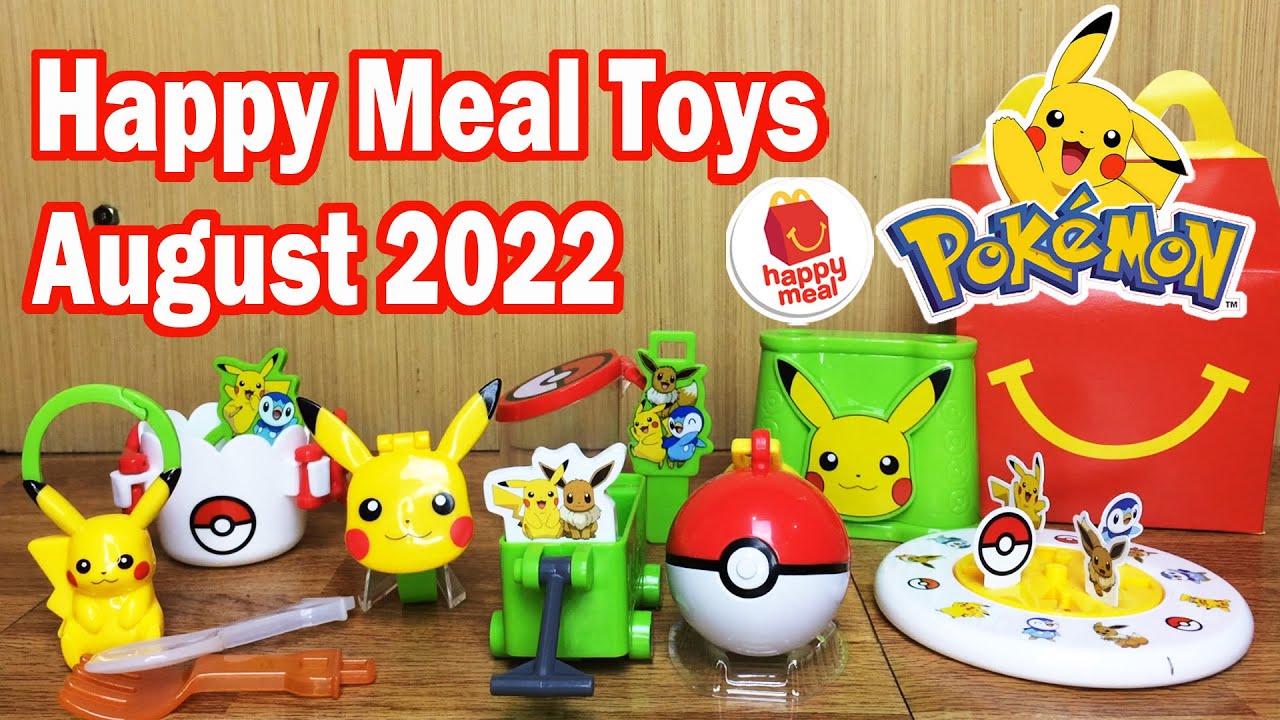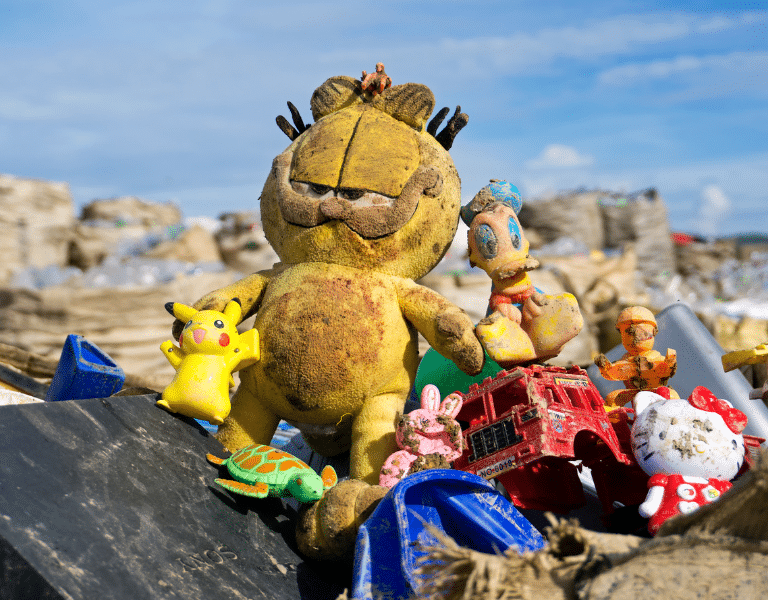
Imagine being a child, eagerly opening a McDonald's Happy Meal to find the promotional toy inside. It is a moment of excitement, but one that fades quickly as the meal ends and the toy is forgotten among others, or perhaps even thrown away. This short-lived joy that children get from getting a toy with their food is a much-contested type of marketing (Jones, 2014), as it utilizes the naivety of children and, in turn, their “pester power” (“Pester Power,” 2024) manipulates parents into spending money on food just for its inclusion of promotional toys.

However, the Happy Meal is not just bought by a singular child. In fact, McDonald's distributes over 1 billion Happy Meals annually across more than 38,000 restaurants spanning over 100 countries (Tyko, 2019). This means billions of promotional toys are manufactured annually, not just for McDonald's, but also for other fast-food chains like KFC. Unfortunately, with such large-scale production, the quality of these toys often leaves much to be desired, with the British Promotional Merchandise Association (2018) reporting that more than half of people receiving promotional toys are dissatisfied by the poor production quality. Take, for example, this Pikachu figurine. The screws used to assemble the toy are exposed, a sign of favouring speed of assembly over child-friendly design.
[In tour mode: move to the next step]
Furthermore, it is made entirely of plastic, a common choice for promotional toys due to its low cost. However, this widespread use of plastic has serious environmental consequences as more than 90% of plastic waste ends up in landfills (Parker, 2018) and progressively adds to the already estimated 75-199 million tons of plastic waste that have ended up in oceans from the dawn of plastic manufacturing until 2021 (United Nations Environment Programme, 2021).
[In tour mode: move to the next step]
As we think about how these toys bring short-term happiness but long-term environmental problems, let us consider how our choices as consumers affect the world.
British Promotional Merchandise Association (BPMA). (2018). Research 2018. https://badgerdesign.com/wp-content/uploads/2019/01/BPMA-EndUserResearch2018Slides-8.pdf
Jones, J. M. (2014). Free Toy Promotions, Fast Food Children’s Meals and Social Responsibility: Examining the Effects of Toy Value, Nutrition Information and Moderating Variable. Journal of Managerial Issues, 26(3), 240–258. https://www.jstor.org/stable/44113639
Parker, L. (2018, December 20). A whopping 91% of plastic isn’t recycled. National Geographic. https://www.nationalgeographic.com/science/article/plastic-produced-recycling-waste-ocean-trash-debris-environment
Pester power. (2024). In Wikipedia. Wikimedia Foundation. https://en.wikipedia.org/wiki/Pester_power#:~:text=%22Pester%20power%22%2C%20or%20%22,to%20unrelentingly%20request%20advertised%20items%22.
Tyko, K. (2019, October 31). McDonald’s celebrates Happy Meal’s 40th anniversary by bringing back retro toys. USA TODAY; USA TODAY. https://eu.usatoday.com/story/money/food/2019/10/31/mcdonalds-surprise-happy-meal-retro-toys-return-nov-7-11/4113190002/#:~:text=Globally%2C%201%20billion%20Happy%20Meals,been%20added%20over%20the%20years.
United Nations Environment Programme. (2021). From Pollution to Solution: A global assessment of marine litter and plastic pollution (pp. 14–16). United Nations. https://wedocs.unep.org/bitstream/handle/20.500.11822/36963/POLSOL.pdf
ArtGhie Collection. (2022). McDo August 2022 Happy Meal Pokemon Unboxing [Video Thumbnail]. In YouTube. https://www.youtube.com/watch?v=a5m4jXfjt9U
Toys in Landfill. (2023). [Online image]. In SPARK POP. https://sparkpop.com.au/recycle-your-pre-loved-toys/